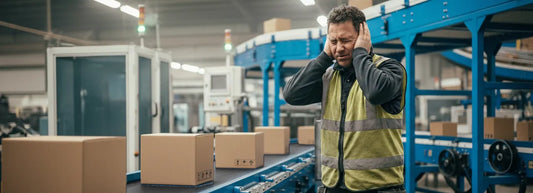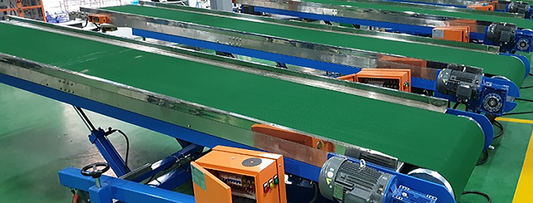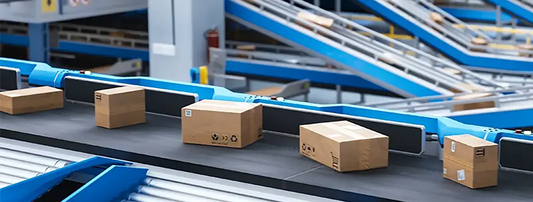9 Hidden Signs Your Conveyor Belt is Begging for Retirement
Conveyor belts are the lifeblood of many industries. Unfortunately, like everything else, the belts wear out or get damaged over time, silently and unexpectedly. Eventually, this results in unexpected downtime, increasing maintenance costs and safety issues. Spotting the early signs can save you downtime, cost, and hassles.
So how to tell that a belt needs replacement and when to replace it?
Some Common signs that your conveyor belt needs replacement:
- Unusual noise or vibration
- Tracking issues or misalignment
- Visible cracks, fraying or delamination
- Excessive slipping or loss of grip
- Frequent breakdowns or increased downtime
- Loss of load capacity
- Uneven wear or bald spots
- Difficulty in cleaning or excessive contamination build-up
- Inconsistent speed or performance
1. Unusual Noise or Vibration
If your conveyor belt suddenly starts making strange noises—like squeaks, grinding, or excessive vibrations—something may be wrong. The surface could be worn, or the internal parts might be misaligned. These signs often indicate a larger problem that could lead to a breakdown if not addressed.
2. Tracking Issues or Misalignment
Conveyor belts should run straight, but they can drift over time due to wear or tension problems. If you see that the belt is shifting or veering off the centerline, it might indicate misalignment in the rollers or idlers. Extended misalignment can cause uneven wear and quicker damage.
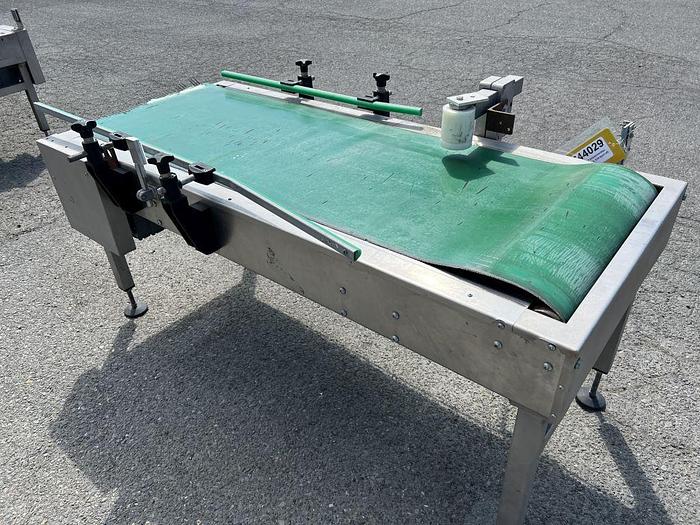
3. Visible Cracks, Fraying or Delamination
Look for cracks, fraying edges or delamination. These indicate that the belt's integrity is compromised, particularly in belts exposed to harsh conditions.
4. Excessive Slipping or Loss of Grip
If your conveyor belt starts to slip, even after adjusting the tension, it means the grip surface is not working properly. This is crucial for applications that involve heavy loads or items like food packaging.
5. Frequent Breakdowns
If your conveyor line breaks down frequently, or if your maintenance staff spends more time repairing the belt than maintaining its productivity, it's time for a replacement. High maintenance costs and frequent downtime often signal that your conveyor belt is nearing the end of its lifespan.
6. Loss of Load Capacity
Your conveyor belt can no longer support the same load as before, this is particularly problematic when conveying heaving products or materials.
7. Uneven Wear or Bald Spots
Uneven wear often indicates misalignment or internal damage. If left unrepaired, bald spots can cause further deterioration and a shorter lifespan.
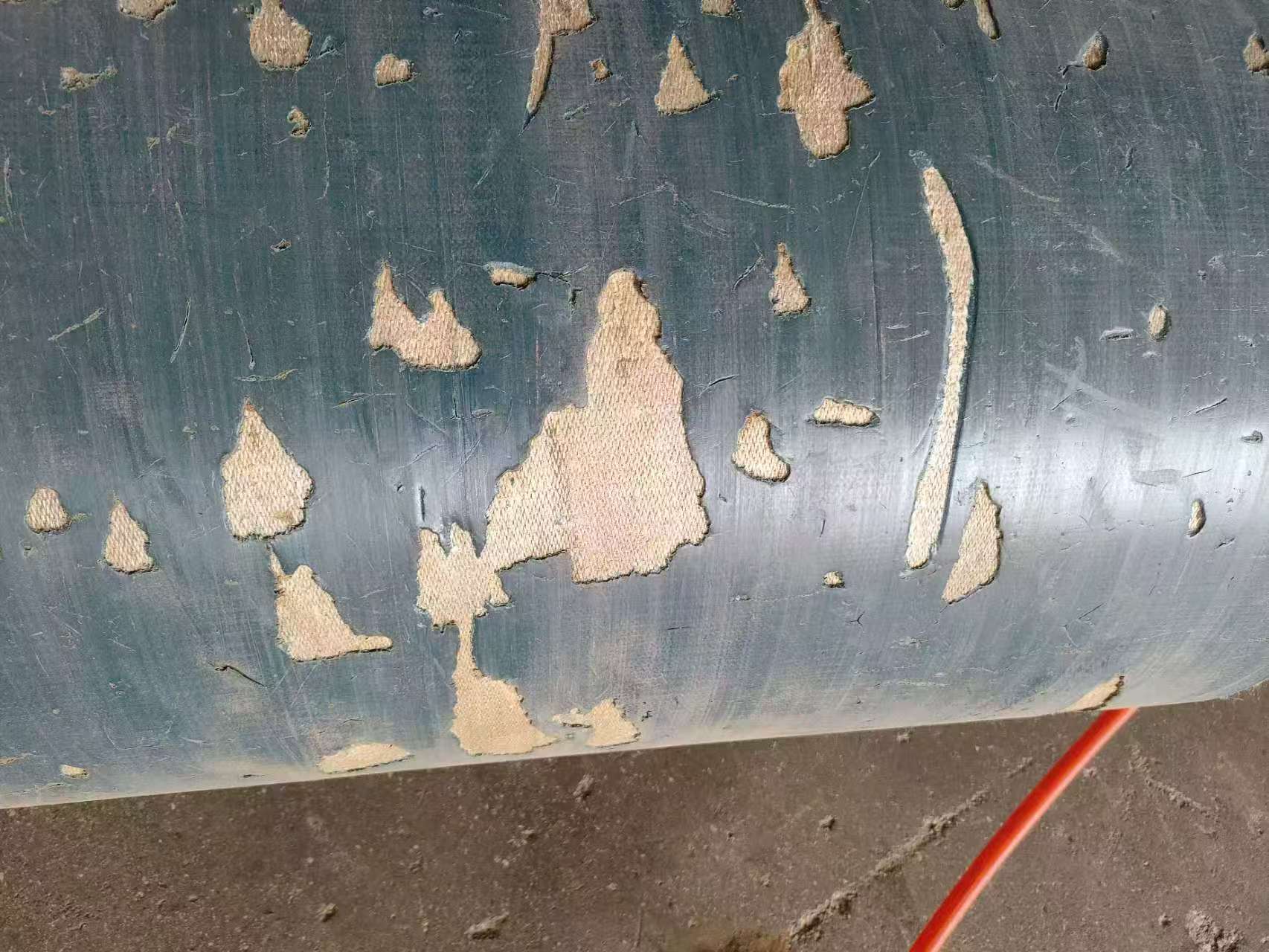
8. Difficulty in Cleaning or Excessive Contamination Build-Up
If you find it harder to clean your conveyor belt or more contaminant build-up than before, it may be a sign that the surface of your conveyor belt is compromised.
9. Inconsistent Speed or Performance
Belts that run with varied speed or performance are probably damaged internally, it might be failing in key areas and could require early retirement.
Conclusion
Recognizing these signs early can help avoid unexpected downtime and even safety issues. If you're noticing these warning signs, don't wait for the failure. Check this article for Common Conveyor Belt Issues: Tips for Fix and Maintenance. If maintenance does not fix your problem, consider replacement.
KCB offers high-quality replacement conveyor belts that meet the demands of your industry, ensuring reliability, durability, and reduced maintenance costs. Need assistance with conveyor belt replacement? Reach out to KCB for expert advice, high-quality replacement belts, and customized solutions for your specific needs.





